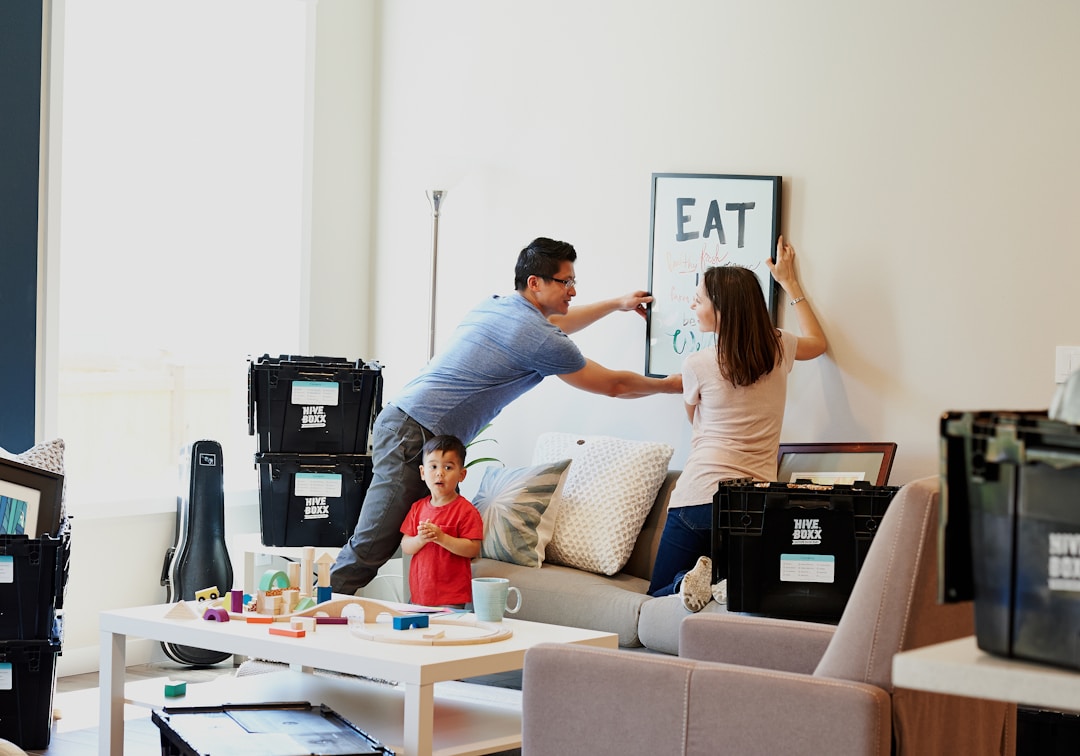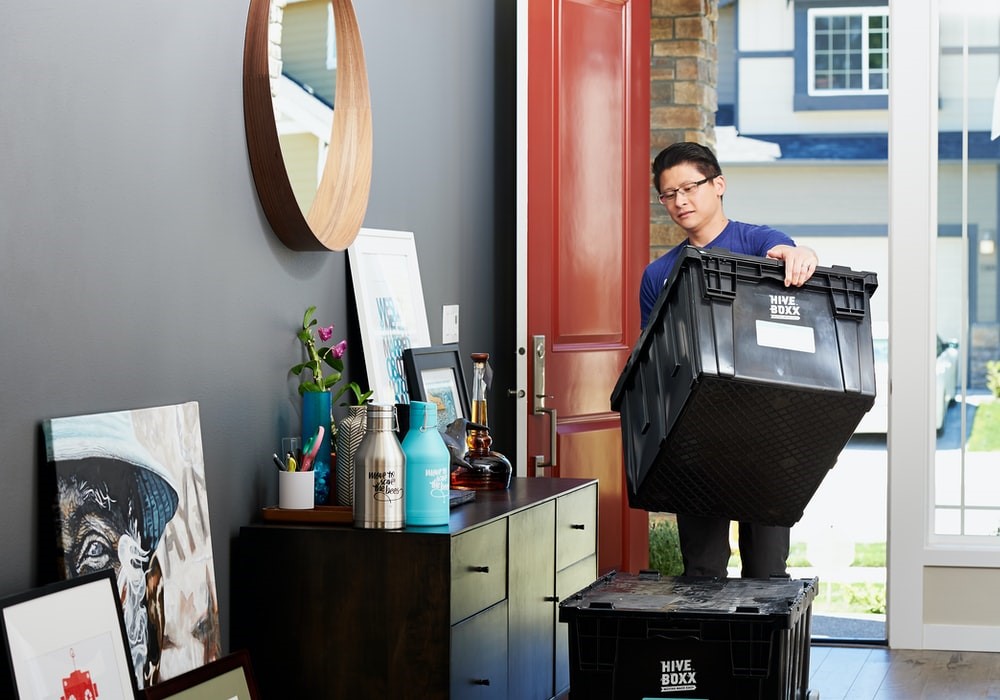Table of Contents
Relocating to a new home can be one of life’s most significant milestones. It can be exhilarating, marking a fresh start, and opening the door to new memories. However, it can also be a source of stress and anxiety for many. Moving involves the laborious task of packing, managing logistics, and ensuring that you’re leaving nothing behind. The key is to streamline this process so that your moving day feels more like a well-orchestrated symphony than a chaotic whirlwind. This article will provide tips and tricks to make your next move as smooth and stress-free as possible.
Leveraging Vehicle Rentals for Moving
The question of transportation is crucial when considering a move. You’re not just moving yourself, but your entire life. This means furniture, electronics, clothing, and those boxes filled with knick-knacks that have sentimental value. To ensure a hassle-free move, it might be wise to look into where to rent a cargo van or a similar spacious vehicle.
Cargo vans provide the convenience of space, allowing you to transport a significant number of items in one go. They also often come equipped with features that are tailored for moving, such as tie-down hooks and wide loading areas. This minimizes the number of trips required between the old place and the new, saving you both time and money.
Another advantage is that cargo vans are generally easier to maneuver compared to large trucks, especially in urban areas with narrow streets or tight parking spaces. Plus, there’s the added benefit of requiring only a standard driver’s license to operate, making it accessible for most individuals.
Start Early and Declutter

Starting early gives you the benefit of time, allowing you to be thorough with your packing without feeling rushed. A crucial step during this phase is booking your van rental in advance. Make sure to book from a service provider that offers budget truck options and good customer service reviews.
Then, tackle decluttering. As you sift through your belongings, ask yourself whether each item has been of use to you in the past year. If the answer is no, it might be time to donate, sell, or recycle. By decluttering, you not only reduce the volume of items to be moved but also pave the way for a more organized start in your new home.
Packing with Purpose
When you’re finally ready to pack, don’t just throw things into boxes haphazardly. It’s essential to have a system. Start by categorizing items room by room. This makes both packing and unpacking more intuitive.
Investing in quality packing materials is equally important. Sturdy boxes, bubble wrap, and packing paper will ensure your items are protected during transit. For fragile items, consider double-boxing or using towels and clothing as added cushioning. Also, remember to label boxes clearly, specifying not only the contents but also the destination room in the new home. This will streamline the unloading process.
Plan for Moving Day
Anticipate challenges that might arise on moving days and develop strategies to handle them. For instance, if you’re moving to a building without an elevator, have a plan in place for transporting heavy furniture. Or, if you anticipate limited parking at your new place, secure a spot ahead of time.
Also, consider having a first-night box. This box should contain essentials like toiletries, clothes, medication, and perhaps some snacks. The aim is to have everything you might need immediately without having to rummage through several boxes.
Manage Utility Transfers and Change of Address
While it’s easy to get engrossed in the physical aspects of moving, there are logistical matters to handle. Ensure utilities like water, electricity, and internet are set up at your new place before moving day. Simultaneously, have services disconnected at your old residence after your move-out date.
Additionally, inform relevant institutions about your change of address. This includes banks, insurance companies, and the postal service. It ensures that you won’t miss out on any essential correspondence.

Incorporate a Moving Timeline
While spontaneity has its charm, a move goes much smoother when you have a detailed plan. Establish a moving timeline weeks or even months ahead. This not only helps in breaking down tasks into manageable chunks but also ensures nothing slips through the cracks.
Start by listing down everything that needs to be done — from finding boxes to scheduling utility transfers. Once you have a comprehensive list, assign a timeframe to each task. For instance, packing the seldom-used attic or garage can be one of the first things, while your daily essentials will be packed closer to the move date.
Leverage Technology to Your Advantage
In today’s digital age, there are numerous apps and online resources designed to make moving easier. From inventory management tools that help you keep track of items in each box to moving day checklists, using technology can significantly reduce the physical and mental load of relocating.
You can also explore virtual home setups, which allow you to visualize where each piece of furniture might go in your new place, ensuring more efficient unloading and setting up process.
Prioritize Safety
Amidst the hustle and bustle of moving, safety can sometimes take a backseat. However, the last thing you need during a move is an injury. Invest in proper lifting gear like gloves and back braces if lifting heavy items. If possible, use dollies or hand trucks to transport boxes.
When packing for a move, make sure to not overload boxes. It’s better to have more boxes that are lighter and manageable than fewer, excessively heavy ones. This reduces the risk of injury and also ensures the safety of your belongings.
Get Familiar with Your New Area Before Moving
Knowledge is power. When moving to a new city or even a different part of town, take some time to familiarize yourself with the area. Visit the neighborhood a few times if possible. This will give you an idea of traffic patterns, local amenities, and community norms.
Having a good grasp of your new surroundings can significantly ease the move-in process. You’ll know where to grab a quick meal, where the nearest hardware store is for last-minute supplies, and perhaps even where the local community center or park is for a much-needed break.
Consider Temporary Storage Solutions

Sometimes, there’s a gap between moving out of your old place and into your new one. In such situations, temporary storage solutions, like storage units, can be a lifesaver. These facilities offer safe and secure spaces to store your belongings for any duration, from a few days to several months.
If you’re downsizing or unsure about how certain pieces of furniture will fit in your new place, storage units allow you to make those decisions without rushing. You can move in, get a feel of the space, and then decide which items to bring from storage.
Settling into Your New Space
Once you’re in your new home, take it one step at a time. Unpack room by room, starting with the most essential spaces like the kitchen and bedroom. Setting up these rooms first will give you a functional space to live in while you tackle the rest of the house.
In the initial days, explore your neighborhood. Familiarize yourself with the local grocery stores, parks, and other amenities. Not only will this help you settle in faster, but it’s also a great way to meet your neighbors and immerse yourself in your new community.
Concluding Thoughts on a Seamless Transition
Moving is undoubtedly a substantial task, but with the right approach and preparation, it can be a journey of excitement rather than stress. By leveraging vehicle rentals like cargo vans, decluttering, purposeful packing, and addressing logistical considerations, you’ll set yourself up for a successful move. Here’s to new beginnings and the joy of turning a new house into a home.



